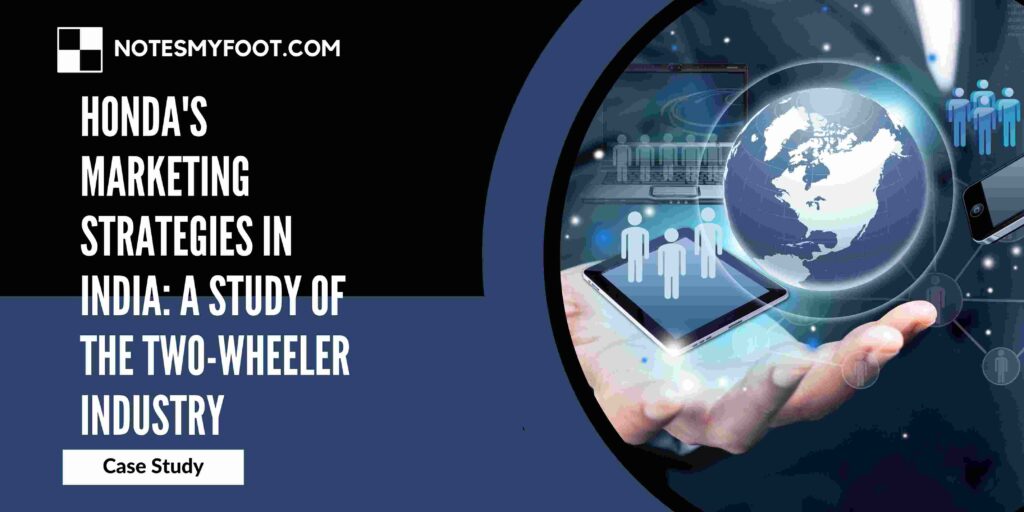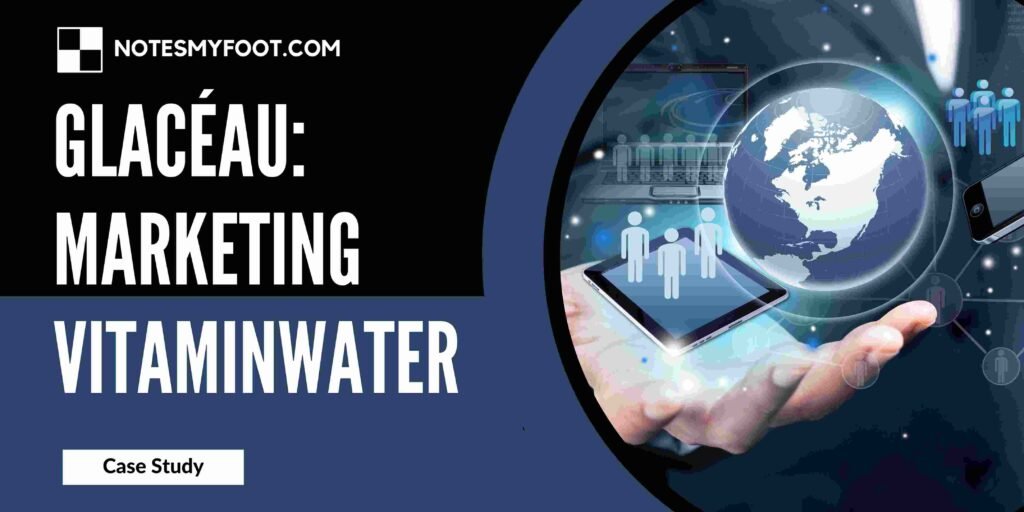
Revolutionizing Sales Force Effectiveness Bayer's Journey with New Technology
In today’s dynamic business landscape, companies face numerous challenges in improving sales force effectiveness. The pharmaceutical industry, in particular, has witnessed significant changes in the 21st century, demanding new strategies to adapt and thrive. Bayer, a renowned pharmaceutical giant, embarked on an experimental journey to enhance its sales force effectiveness through innovative technology. This blog post explores Bayer’s initiative, delving into the issues, challenges, and outcomes associated with their groundbreaking approach.
Section 1: Game for Sales Force Effectiveness?
To understand the importance of improving sales force effectiveness, it is crucial to grasp the underlying issues and challenges faced by organizations. In this section, we delve into the complexities of training and motivating the sales force, highlighting their impact on overall performance. By examining the everevolving pharma selling environment, we shed light on the implications for both the sales force and the organization.
Section 2: Background Note
Before delving into Bayer’s specific case, it is essential to gain insights into the company’s mature brand, Betaferon/Betaseron. This section provides a brief overview of the brand’s history, its market position, and the challenges Bayer faced in maintaining its competitive edge.
Section 3: New Opportunity for Betaseron
Amidst the challenges, Bayer identified a new opportunity for Betaseron, a flagship product. In this section, we explore the factors behind this opportunity, such as emerging market trends, competitive landscapes, and changing customer needs. Understanding these dynamics is crucial to contextualize Bayer’s efforts to improve sales force effectiveness.
Section 4: Challenges
Change never comes without hurdles, and Bayer’s journey was no exception. In this section, we delve into the specific challenges the company encountered during its quest to revolutionize sales force effectiveness. From internal resistance to technological limitations, we uncover the obstacles that needed to be overcome to achieve success.
Section 5: Sales Training Intervention
One of the pivotal aspects of Bayer’s strategy was a sales training intervention. In this section, we examine the rationale behind this intervention and the methodologies employed to equip the sales force with the necessary skills and knowledge. From interactive workshops to personalized coaching, we explore the various components that contributed to the effectiveness of the training program.
Section 6: Rationale behind Rep Race
As part of the sales training intervention, Bayer introduced a unique concept called “Rep Race.” This section explores the underlying rationale behind this gamified approach, which aimed to motivate and engage the sales force. By incentivizing performance and fostering healthy competition, Bayer sought to maximize the impact of their sales team.
Section 7: Results
After implementing the sales training intervention and Rep Race initiative, Bayer eagerly awaited the results. In this section, we delve into the outcomes of their efforts, analyzing key performance indicators, sales figures, and feedback from the sales force. By quantifying the impact of their strategy, we gain a comprehensive understanding of the effectiveness of their sales force enhancement approach.
Section 8: Outlook
As Bayer’s journey with new technology continues, it is crucial to explore the future outlook and potential implications. In this final section, we discuss the lessons learned, potential areas for improvement, and the role of ongoing innovation in shaping sales force effectiveness in the pharmaceutical industry.
Conclusion:
Bayer’s experiment with new technology to improve sales force effectiveness serves as an inspiring case study for the pharmaceutical industry. Through a combination of innovative training interventions and gamified approaches, Bayer successfully navigated the challenges and achieved remarkable results. As organizations strive to enhance their sales force effectiveness, Bayer’s journey stands as a testament to the power of embracing technology and embracing change. Also got to know about the Maruti Suzuki’s Advertising Strategies: Driving Success in the Indian Passenger Car Industry









